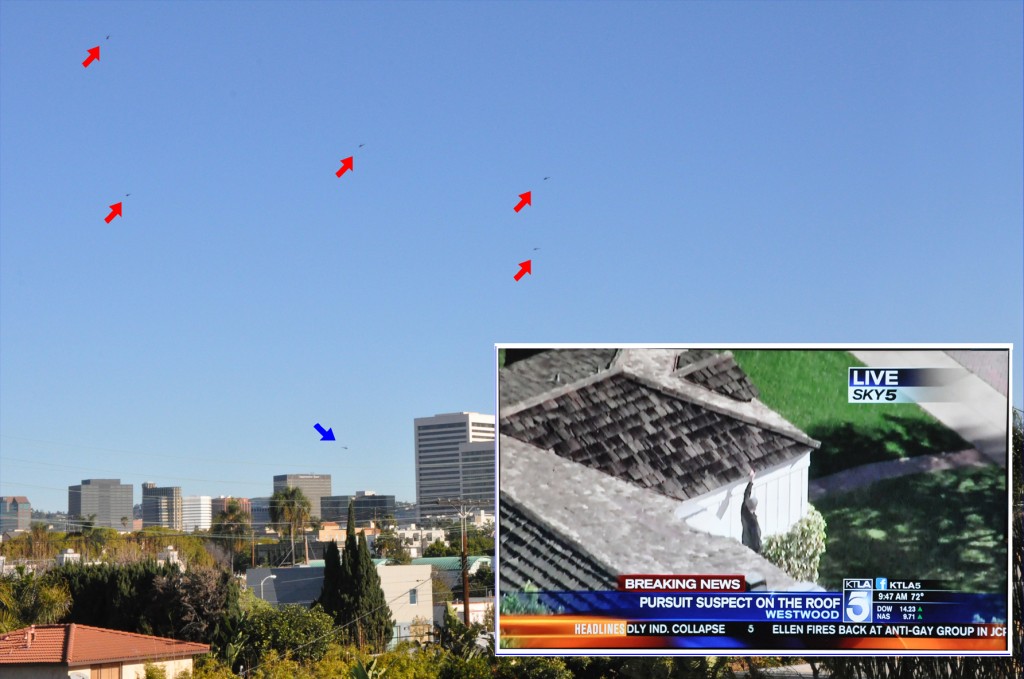IMMEDIATE ACTION REQUIRED!
U.S. Senate Bill 911, introduced by Sen. Jay Rockefeller (D-WV) and Sen. Kay Bailey Hutchison (R-TX) would completely disrupt the process of rational tower siting for collocation purposes. Section 528(a) of S. 911 says, in relevant part:
SEC. 528. WIRELESS FACILITIES DEPLOYMENT.
(a) FACILITY MODIFICATIONS.—
(1) IN GENERAL.—Notwithstanding section 704 of the Telecommunications Act of 1996 or any other provision of law, a State or local government may not deny, and shall approve, any eligible facilities request for a modification of an existing wireless tower that does not substantially change the physical dimensions of such tower.
(2) ELIGIBLE FACILITIES REQUEST.—For purposes this subsection, the term ‘‘eligible facilities request’’ means any request for modification of an existing wireless tower that involves—
(A) collocation of new transmission equipment;
(B) removal of transmission equipment;
(C) replacement of transmission equipment.
Simply put, if there’s a tower there now, and another carrier (or even the same carrier) wants to collocate, remove, or replace “transmission equipment” (whatever the industry wants that term to mean), then S.911 would require that “a State or local government may not deny, and shall approve, any eligible facilities request for a modification of an existing wireless tower that does not substantially change the physical dimensions of such tower.”
Would anyone like to tell how big a change is required before it becomes a ‘substantial change to the physical dimensions of the tower?
No, I didn’t think so, but I suspect the wireless industry would suggest that a 33% to 50% change would be less than substantial.
Like so much legislation pushed by the wireless industry, the (un)intended consequences to such broad language could result in collocations that result in currently camouflaged towers losing their camouflage.
Here’s a little photo simulation I created to show you what I’m talking about (warning: This is a LARGE file so give it sufficient time to load, especially if you’re on a slow connection):
 (This is a base photo of a wireless flagpole site.)
(This is a base photo of a wireless flagpole site.)
Do we really want to see wireless carriers have the federal right to do this because of mile-wide loopholes in the current language? Nope.
S.911 cleared Committee last week, and is now on the floor of the Senate.
NOW IS THE TIME TO CONTACT YOUR SENATORS TO VOICE YOUR OPPOSITION TO S.911 AS LONG AS IT CONTAINS SECTION 528(a).
To find your Senator, CLICK HERE. (Opens a NEW window.)













 rand Jury of the County of San Mateo, California released the results of its inquiry into municipal wireless siting matters.
rand Jury of the County of San Mateo, California released the results of its inquiry into municipal wireless siting matters.